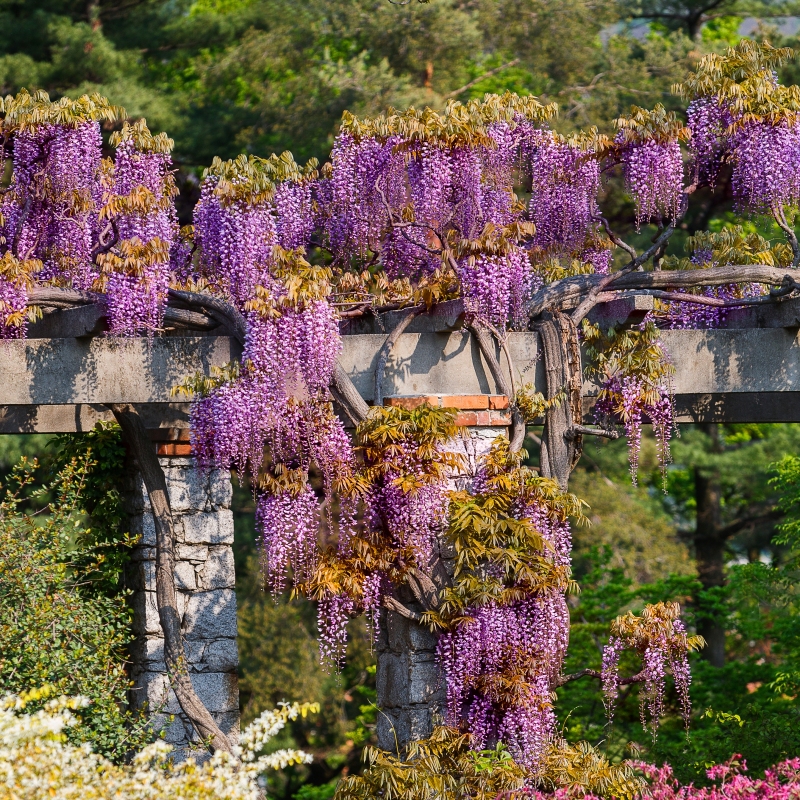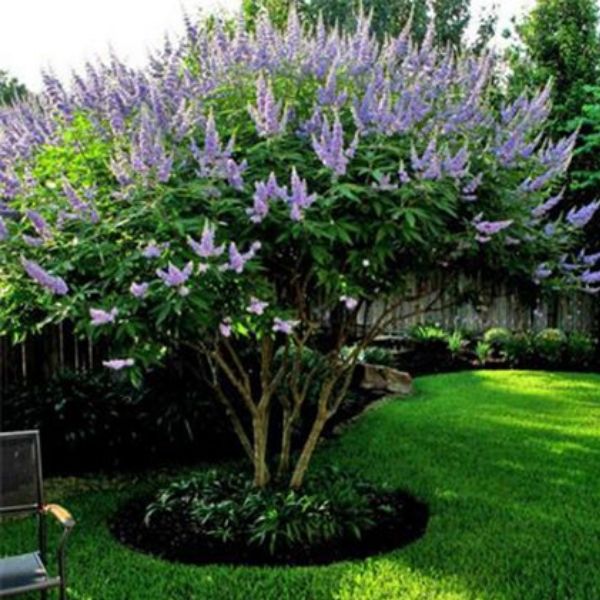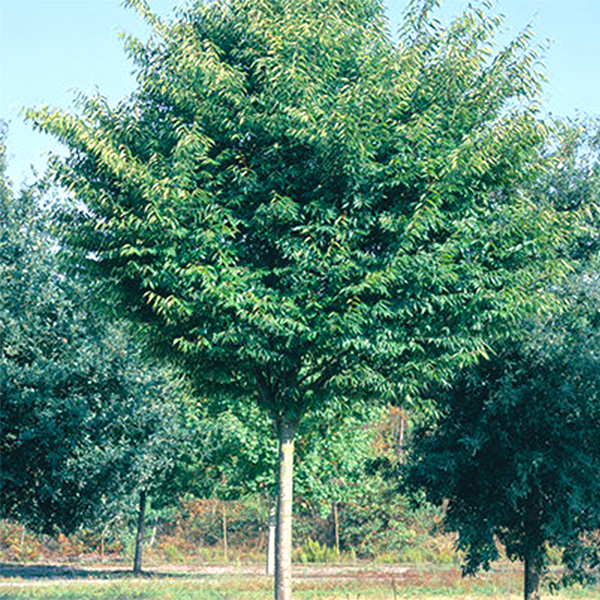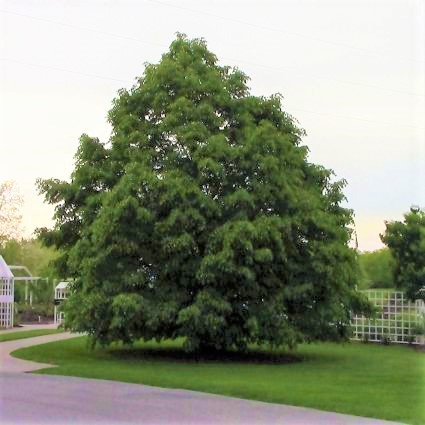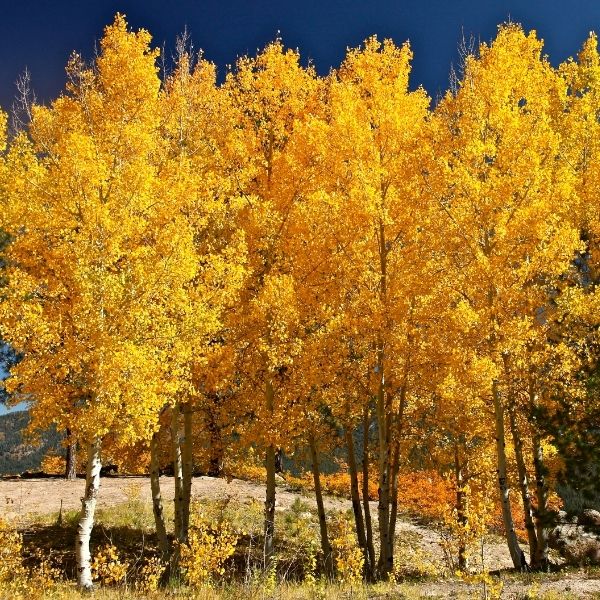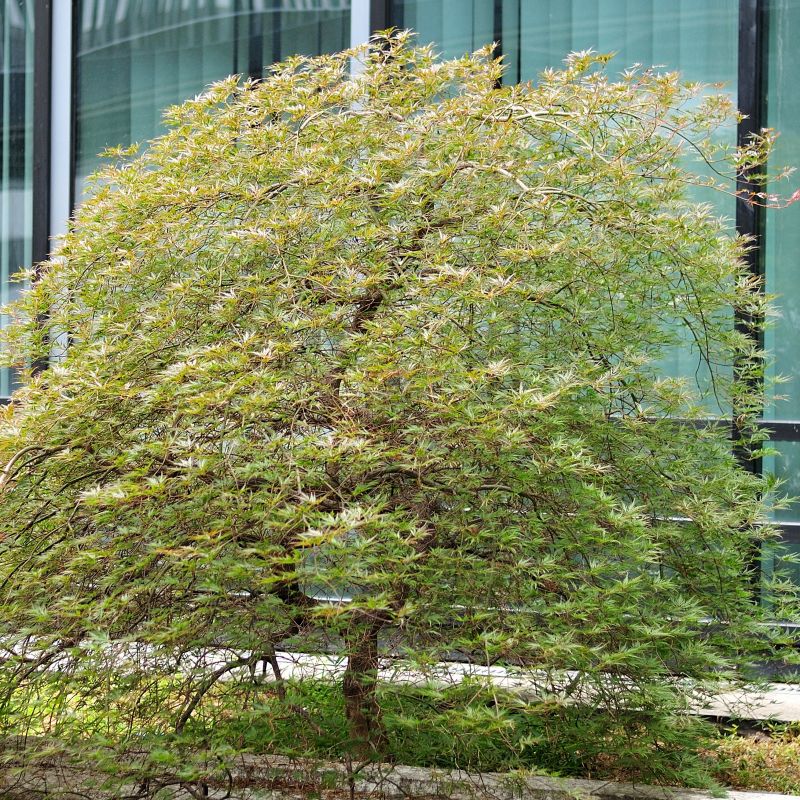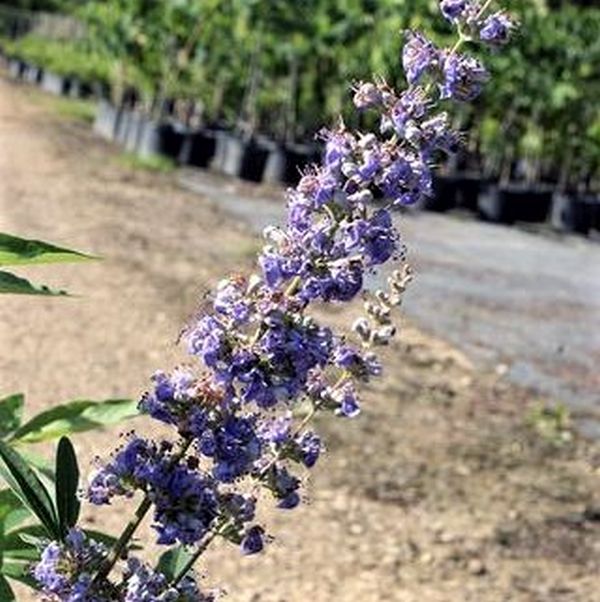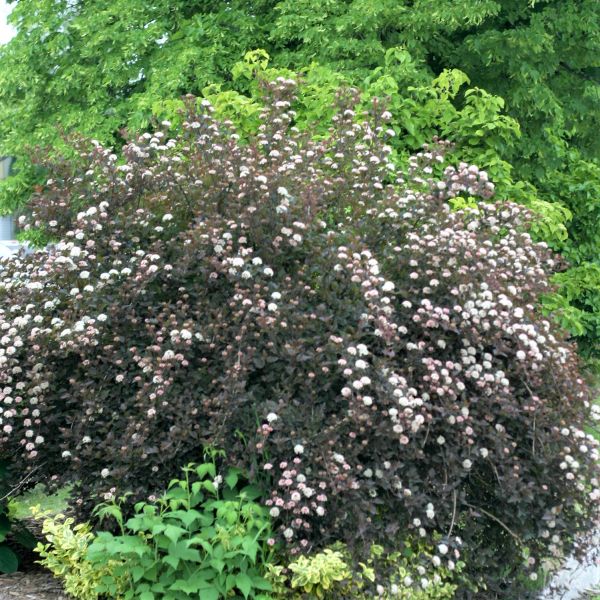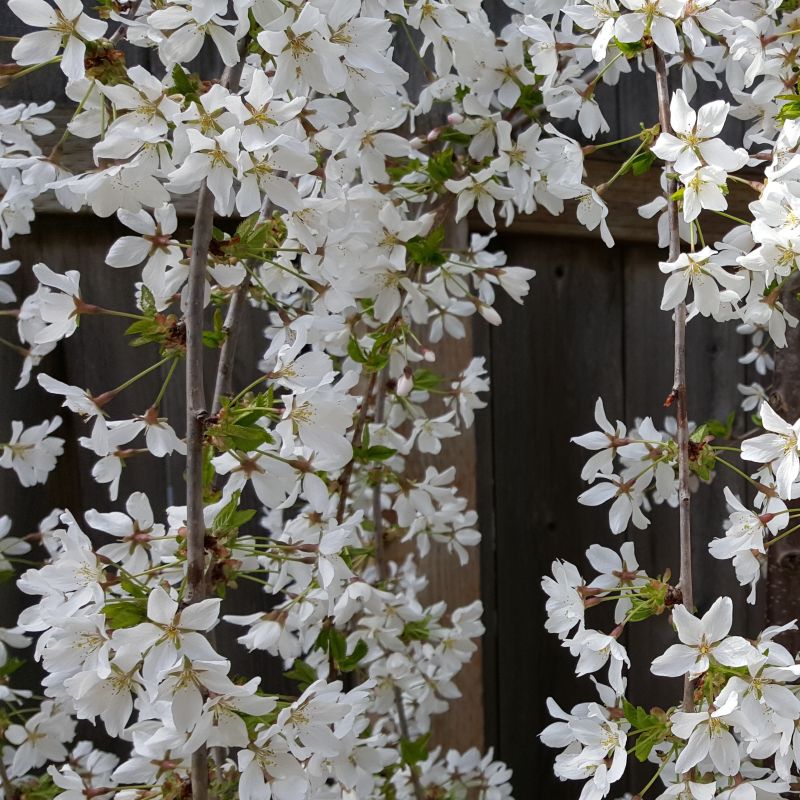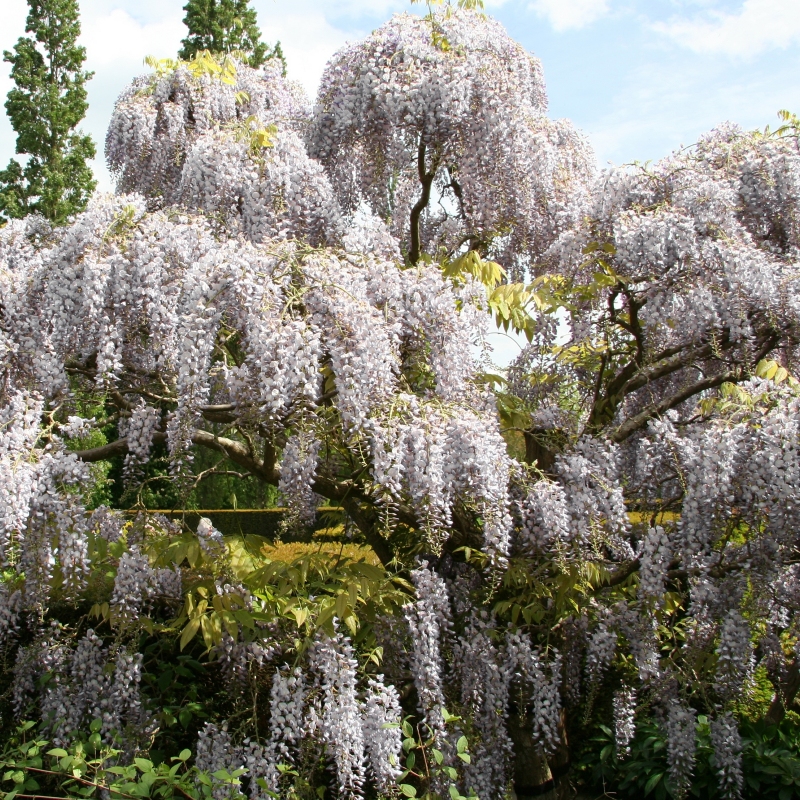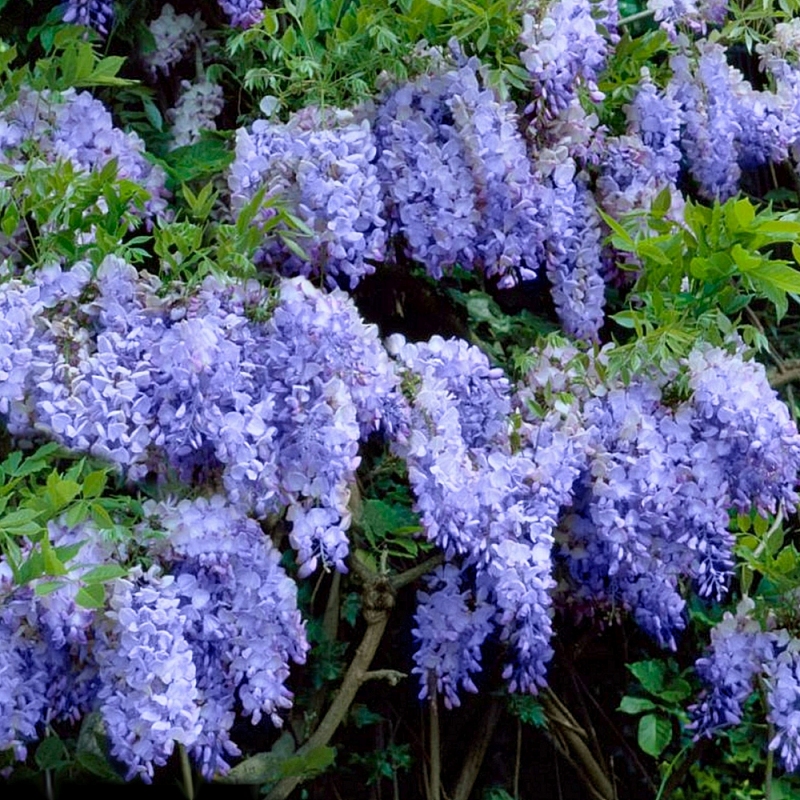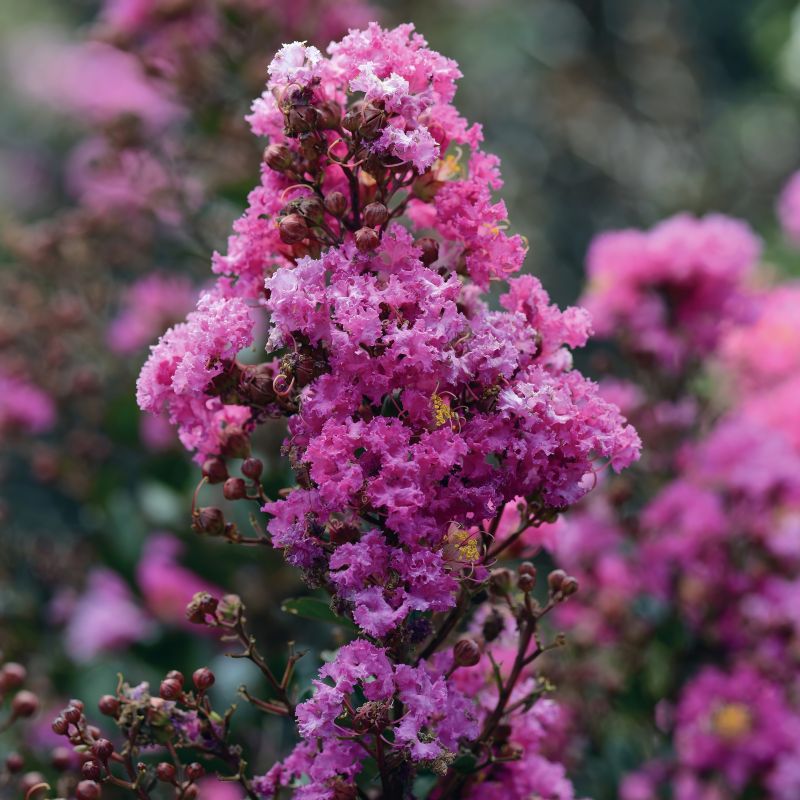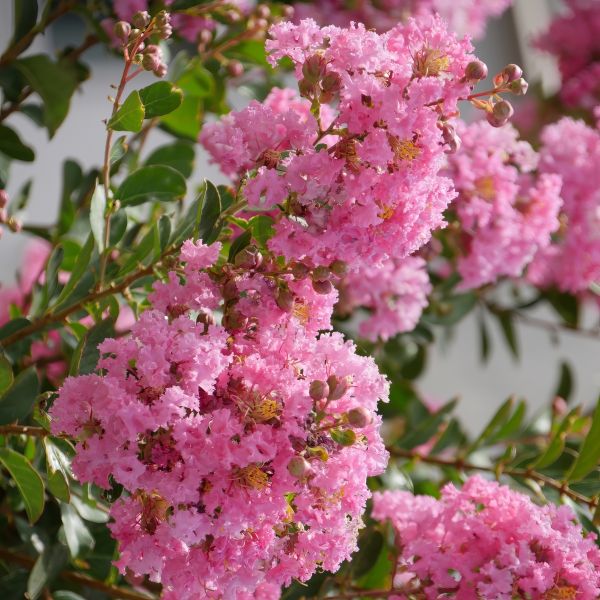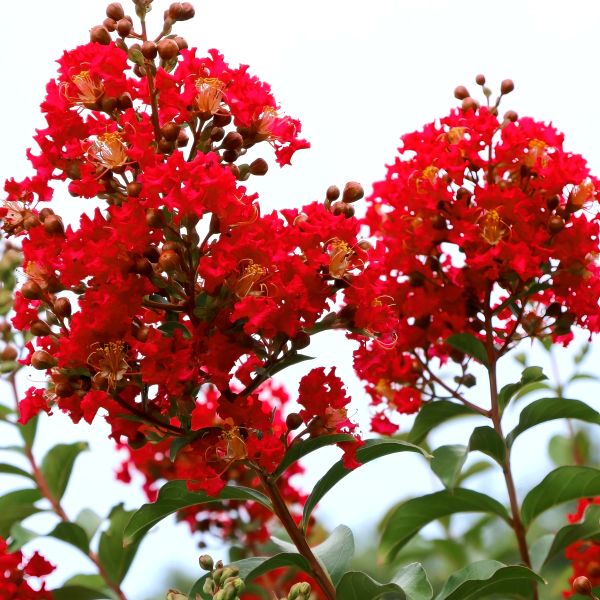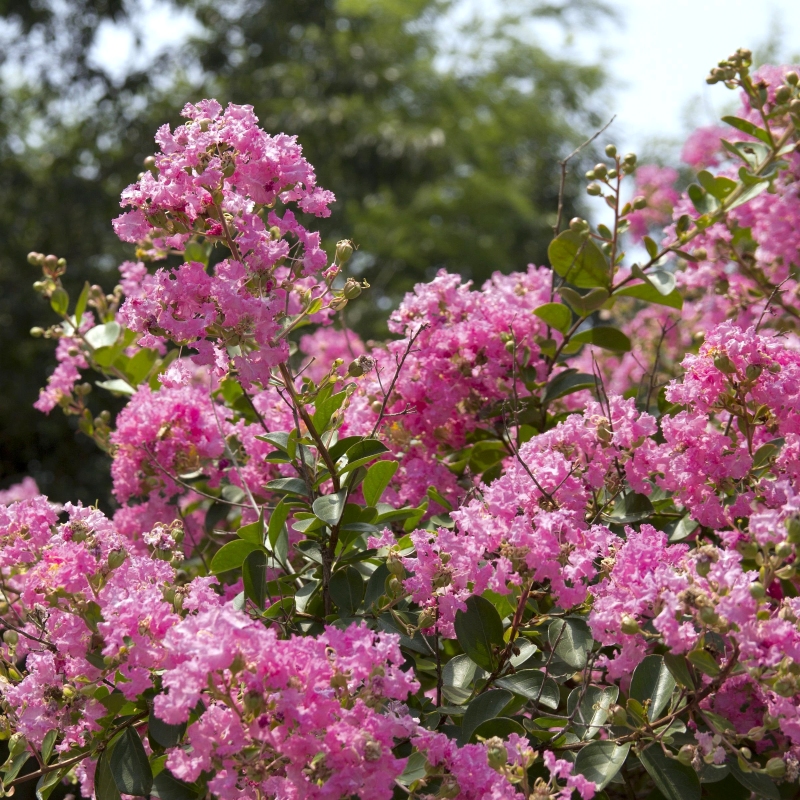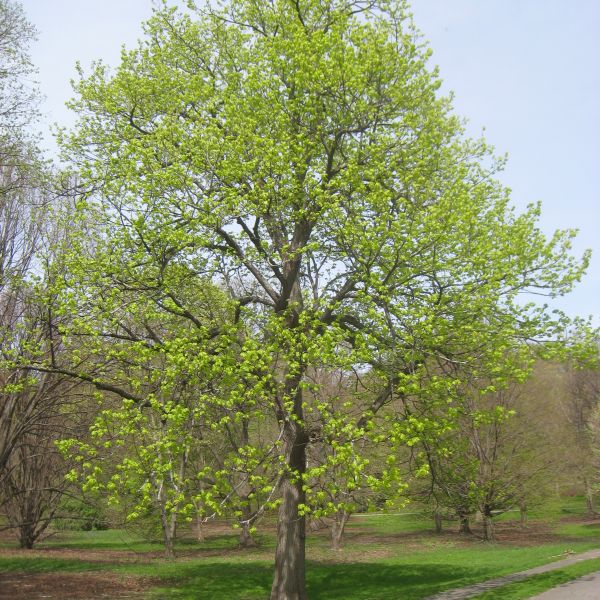
American Linden Tree
Tilia americana
44 reviews
American Linden Tree
Tilia americana
44 reviews
- Fast-growing shade tree
- Fragrant yellow flowers attract pollinators
- Tolerant of urban conditions
- Recommended by landscape designers for optimal fit in real yards
$132.00
$189.00
30% Off
- Ships to 43215 in 3 to 7 days
- Free Shipping Over $150
- Plant Arrival Guarantee
- In Stock
- Free Plant Consult
$200 - Landscape-Approved: Every Plant We Sell Comes With Design Expertise Behind It
2.5 Gallon 3-4 Feet
Not just beautiful - intentionally selected by ShrubHub's 3D landscape design team to fit real-world spaces and maximize yard potential.
Why American Linden Tree?
American Linden (Tilia americana) is a deciduous tree species native to North America, commonly known as basswood. It is an important cultural and ecological species, valued for its wood, edible flowers, and medicinal properties. Linden leaves and flowers are used for teas, tinctures, and topical ointments. In addition, the tree provides habitat and food for wildlife and helps improve air and water quality. The American Linden is a beautiful and useful addition to any landscape.
People who loved this plant also bought
Sunlight
American Linden (Tilia americana) generally requires full sun to partial shade. However, it is more tolerant of shade compared to other deciduous trees. It can still grow and thrive with moderate shade, making it suitable for various light conditions.
Watering
American Linden trees require regular and consistent watering, particularly during dry periods. They prefer moist but well-drained soil, and it is important to keep the root zone consistently moist without allowing it to become waterlogged.
Fertilizing
American Linden trees prefer to be fertilized with a slow-release nitrogen-based fertilizer in early spring. A 10-10-10 fertilizer or similar balanced blend is commonly recommended to meet their nutrient needs and promote healthy growth.
American Linden stands as a serene guardian of nature's majesty, captivating with its graceful beauty and adding a touch of tranquility to any landscape. This exceptional tree combines strength with a gentle presence, making it a must-have for those seeking to create an enchanting and peaceful outdoor space.
Majestic Canopy and Serene Shade:
With American Linden, you'll witness the captivating presence of a tree that embodies majesty and tranquility. The broad, spreading canopy offers respite from the sun's rays, casting a serene and inviting shade below. Its lush, dark green leaves create a soothing ambiance, providing a calm oasis in your garden.
Fragrant Blooms and Delicate Beauty:
Not only does American Linden captivate with its majestic canopy, but it also enchants with its fragrant blooms and delicate beauty. In early summer, clusters of small, yellowish-white flowers adorn the branches, releasing a sweet and captivating fragrance that fills the air. The blossoms attract bees and butterflies, creating a lively and vibrant display of nature's pollinators.
Where Songbirds Come to Rest:
American Linden serves as a haven for songbirds, providing a sanctuary with its dense foliage and sturdy branches. The tree offers a safe haven for nesting and resting, inviting a symphony of melodious tunes from feathered friends. By embracing this tree in your landscape, you're creating a harmonious environment that nurtures the beauty and serenity of nature's avian companions.
Timeless Elegance:
With its tall stature and symmetrical form, American Linden exudes timeless elegance. The smooth, gray bark adds a touch of sophistication and serves as a visual reminder of the tree's strength and resilience.
Plant Information:
| Botanical Name: | Tilia americana |
| USDA Zones: | 3 - 8 |
| Water: | Moderate |
| Exposure: | Full Sun |
| Soil Needs: | Well Drained |
| Mature Height: | 75 - 90 feet |
| Mature Spread: | 40 - 45 feet |







Pollination Info
American Linden (Tilia americana) Pollination Info
American Linden, also known as American basswood, is a native tree species found throughout much of the eastern United States and southern Canada. It blooms in mid to late June, producing fragrant, yellow-green flowers that are visited by a wide range of pollinators.
Pollinator Types
American Linden is pollinated by a variety of insects, including bees, wasps, flies, and beetles. Bees, in particular, are attracted to the sweet nectar produced by the flowers, and are the most effective pollinators of this species.
Pollination Process
The pollination process for American Linden begins when a pollinator lands on a flower and collects nectar. As the insect feeds, it moves across the flower, picking up and depositing pollen on its body. The insect then moves on to another flower, where it deposits some of the pollen it has collected, fertilizing the plant in the process.
Pollination Benefits
Pollination is essential for the reproduction and survival of American Linden trees. Without pollination, the flowers would not produce seeds, and the species would eventually disappear. Additionally, pollination by bees and other insects is important for maintaining healthy ecosystems, as these animals play a critical role in the pollination of many other types of plants as well.
Pollinator Conservation
Given the importance of pollinators like bees for American Linden and other plant species, it is important to conserve these animals and their habitats. This can be done by reducing the use of pesticides and herbicides, planting pollinator-friendly gardens and landscapes, and supporting conservation efforts that protect pollinator habitats.
FAQ
American Linden (Tilia americana) FAQ
What is an American Linden?
American Linden, also known as Basswood, is a type of tree native to North America. It is commonly found in forests, along streams and rivers, and in urban areas as a street tree.
What are the physical characteristics of an American Linden?
The American Linden is a large deciduous tree that can grow up to 80 feet tall. It has a straight trunk with a conical or oval-shaped crown. The leaves are heart-shaped with asymmetrical bases and serrated edges. The flowers are small and yellow-green in color, and the fruit is a small round nut-like structure that is covered by a papery bract.
What are the uses of American Linden?
American Linden has many uses. The wood is soft and light, and is commonly used for carving, furniture, and musical instruments. The bark can be used for making rope and twine. The leaves and flowers can be used for making tea, and are known for their calming effect. The honey produced by bees that feed on American Linden flowers is also highly regarded for its flavor.
How do you propagate American Linden?
American Linden can be propagated by either seeds or cuttings. The seeds need a period of cold before they will germinate, so they should be planted in the fall or kept refrigerated for a few months before planting. Cuttings should be taken from young, vigorous trees and should be planted in a rooting hormone in a well-draining soil mix.
What are the common pests and diseases of American Linden?
American Linden is susceptible to several pests and diseases, including aphids, scale insects, and leaf miners. It is also prone to fungal diseases such as powdery mildew and verticillium wilt. Regular maintenance and proper pruning can help to prevent these issues.
Is American Linden suitable for urban areas?
American Linden is a popular choice for urban areas because it is tolerant of pollution and can adapt to a wide range of soil conditions. It is also a good street tree because it has a non-invasive root system, and its dense foliage provides shade and reduces heat island effects.
How long does it take for American Linden to mature?
American Linden can take anywhere from 15 to 25 years to reach maturity, depending on growing conditions. It can live for up to 100 years or more.
Planting & Care
Planting American Linden:
- Select an area with full sun to partial shade and well-drained soil.
- Plant the tree in early spring or fall, avoiding the hottest and driest months.
- Dig a hole twice as wide and as deep as the root ball.
- Place the tree in the hole, making sure the top of the root ball is level with or slightly above the surrounding soil.
- Backfill the hole with soil and tamp it down to remove any air pockets.
- Water the tree thoroughly.
- Mulch around the tree with 2-3 inches of organic matter, making sure the mulch does not touch the trunk.
Caring for American Linden:
- Water newly planted trees regularly to keep the soil moist but not waterlogged.
- Prune the tree in early spring before new growth appears to remove any damaged or diseased branches.
- Fertilize the tree in early spring with a balanced fertilizer, following package instructions.
- Monitor for pests and diseases such as aphids, scale insects, and leaf spot, and treat as necessary.
- Provide additional water during periods of drought.
- Take care not to damage the tree with lawn mowers or weed trimmers, as the bark of young trees is easily damaged.
Check Out These Verified Customer Reviews:
Customer Reviews
4.8 out of 5 based on 44 reviews
Thank you! Your review has been submitted.
Excellent customer service
High quality, fast shipping
Beautiful tree, perfect condition
Item has been added to your cart.



